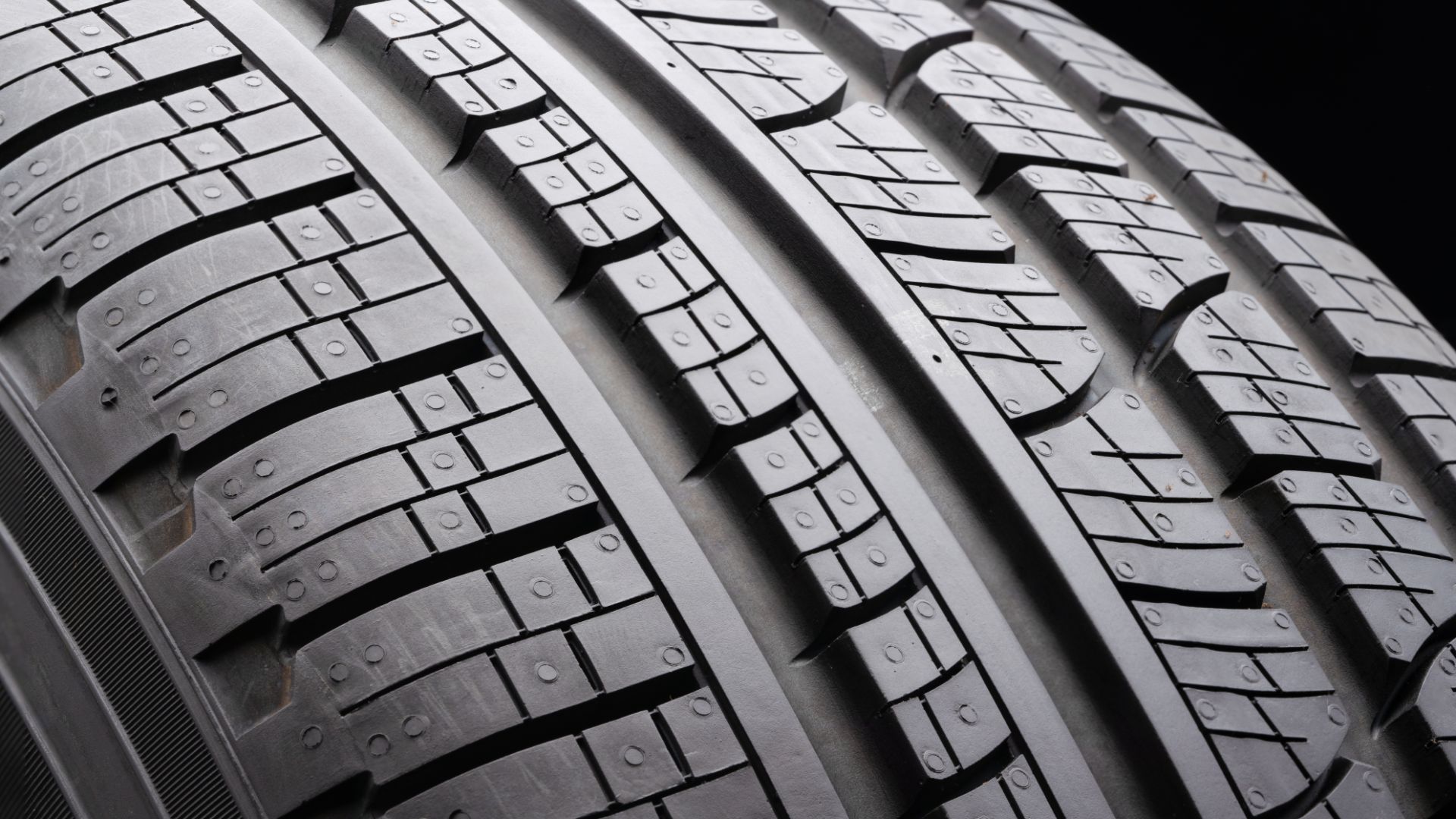Contact patch definition and meaning

A contact patch is the area of a tire that is in contact with the ground. The size of the contact patch can vary depending on the type of tire, but it is typically smaller than the rest of the tire. The contact patch is important because it affects the traction and handling of a vehicle. A larger contact patch can provide better traction, but it can also make a vehicle more difficult to handle.
The ideal size of the contact patch depends on the application and the driver’s preferences. Some drivers prefer a larger contact patch for better traction, while others prefer a smaller patch for better handling. There are also some tires that have an adjustable contact patch, which allows the driver to adjust the size of the patch to suit their needs.
Contact patches can also be affected by the way a tire is inflated. A tire that is under-inflated will have a larger contact patch, while an over-inflated tire will have a smaller patch. The ideal inflation for a contact patch is typically between 30 and 35 psi. This ensures that the patch is large enough to provide good traction, but not so large that it causes handling problems.
Contact patches are also affected by the width of the tire. A wider tire will have a larger contact patch than a narrower tire. This is because a wider tire has more rubber in contact with the ground. This can provide better traction, but it can also make a vehicle more difficult to handle. The ideal width for a contact patch is typically between 6 and 8 inches. This ensures that the patch is large enough to provide good traction, but not so wide that it causes handling problems.
Contact patches can also be affected by the tread pattern of a tire. A tire with a more aggressive tread pattern will have a larger contact patch than a tire with a less aggressive tread pattern. This is because the more aggressive tread pattern provides more surface area for the tire to grip the road. This can provide better traction, but it can also make a vehicle more difficult to handle. The ideal tread pattern for a contact patch is typically one that is designed for the specific application. For example, a tire designed for off-road use will have a different tread pattern than a tire designed for on-road use.